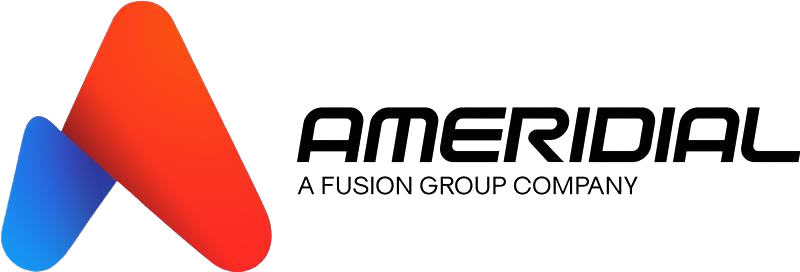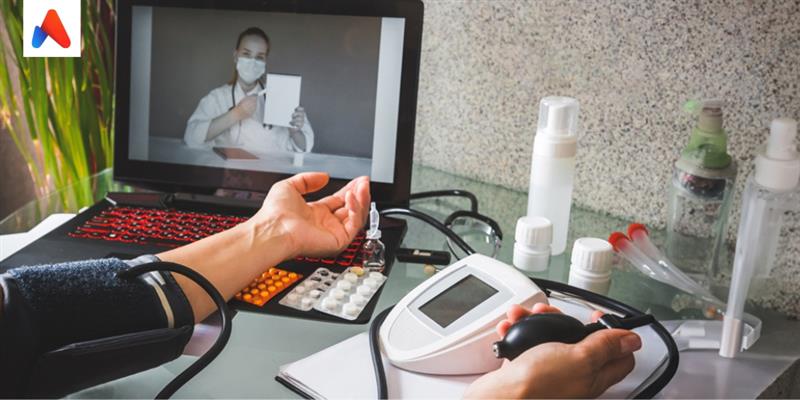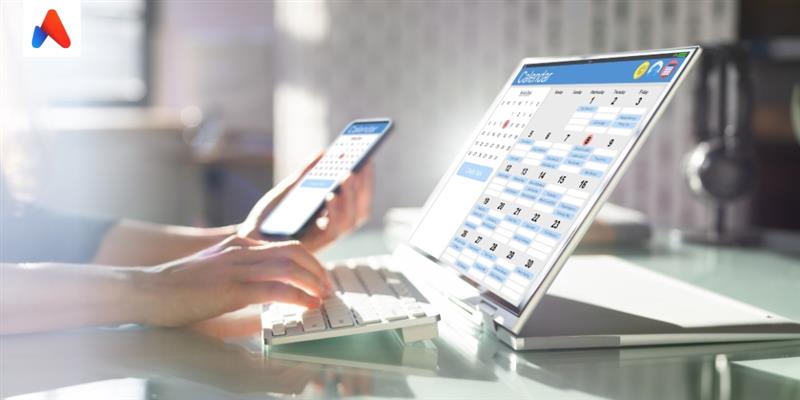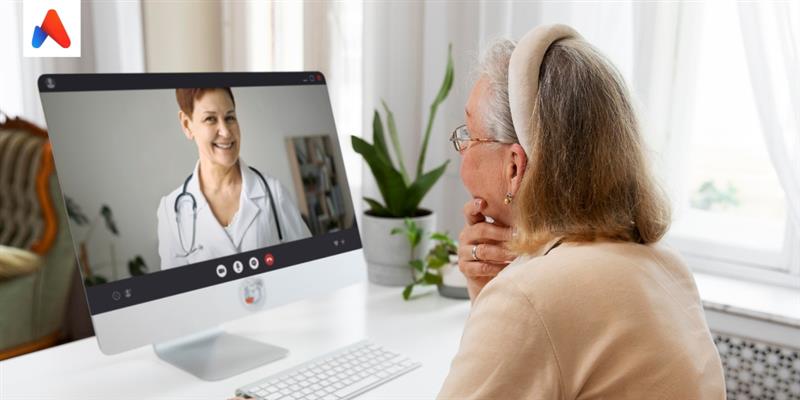Remote medical device monitoring, also known as remote patient monitoring (RPM), has moved from pilot projects to a mainstream model of care. By combining connected devices, wearables, and secure platforms, providers can monitor blood glucose, heart rate, blood pressure, and oxygen levels without requiring patients to visit the clinic.
Why Remote Medical Device Monitoring Matters
Studies show that RPM can reduce hospital readmissions by 20–38% and improve adherence, providing patients with a stronger sense of control while reducing system-wide costs. At a time when more than 71 million Americans use some form of RPM, the case for adopting medical device monitoring has never been stronger.
Market Momentum: RPM’s Rise
The RPM market was valued at $40 billion in 2023 and is projected to hit $110 billion by 2033, with a 10.3% CAGR. Growth is fueled by multiple intersecting forces, showing that remote medical device monitoring is no longer a niche but a healthcare necessity:
- Chronic disease prevalence: Diabetes, hypertension, COPD, and heart failure remain leading causes of hospitalizations. Providers are turning to RPM to manage these conditions in real time, reducing costly readmissions.
- AI-powered analytics: Beyond simple data collection, AI now enables predictive alerts, early intervention, and highly personalized care pathways. Predictive modeling can identify at-risk patients days before a potential adverse event.
- Regulatory support: CMS reimbursement expansion and FDA-cleared devices have legitimized RPM as a reimbursable, sustainable care model. The inclusion of Remote Therapeutic Monitoring (RTM) codes has broadened eligibility to behavioral health and medication adherence.
- Patient confidence and demand: 84% of users report feeling more in control of their health, with surveys noting higher satisfaction scores among RPM participants compared to traditional follow-up alone. Patients cite convenience and peace of mind as top motivators.
- Provider economics: Hospitals and clinics benefit from reduced penalties for readmissions and new revenue streams through CPT billing. Smaller practices can also join RPM programs via third-party partnerships.
Medicare reimbursements now exceed $500 million annually, cementing RPM as part of value-based care. Private insurers are following suit, with over half of major plans offering reimbursement for device-based monitoring programs. This financial alignment indicates that remote medical device monitoring is positioned as a long-term cornerstone of patient engagement and chronic disease management.
The Technological Backbone: Devices That Matter
RPM adoption hinges on FDA-cleared devices and user-friendly wearables. These integrate with telehealth and EHRs to deliver actionable insights. Examples include:
| Device Type | Examples | Primary Metrics | Adoption Rate (U.S., 2025) | Key Benefit |
|---|---|---|---|---|
| Continuous Glucose Monitors | Dexcom G7, Abbott FreeStyle Libre 3 | Blood Glucose | 40% of diabetic RPM users | 25% adherence boost |
| ECG Wearables | Apple Watch Series 10, WHOOP Band | Heart Rhythm, Afib | 57% of RPM billing for cardio cases | 30% complication reduction |
| Blood Pressure Cuffs | Omron HeartGuide, Withings BPM | Systolic/Diastolic | 35% chronic care integration | $1,500 annual savings per patient |
| Multi-Parameter Patches | BioIntelliSense BioSticker, VitalConnect VitalPatch | HR, RR, Activity | 20% post-acute monitoring | 38% rehospitalization drop |
| Pulse Oximeters | Nonin Onyx, Wellue O2Ring | SpO2 Levels | 25% pulmonology use | Early COPD alerts |
These devices are not niche — they are embedded into routine care workflows and often paired with telehealth visits to increase adherence.
Benefits of Remote Medical Device Monitoring
The impact of RPM stretches across patients, providers, and payers:
- Patients: Better adherence (25%+), fewer hospitalizations, and more confidence in self-care.
- Providers: New CPT reimbursement streams, stronger patient relationships, and reduced acute event costs.
- Payers: Savings of $1,200–1,500 per patient annually through fewer ER visits.
- Underserved communities: Expanded access to care, especially in rural areas with provider shortages.
One patient shared: “Knowing my health data is being monitored daily makes me feel safer and supported.”
Challenges Ahead in Medical Device Monitoring
Despite clear benefits, challenges persist and must be carefully managed to ensure sustainable growth of remote medical device monitoring:
- Data overload: Clinicians face increased workloads from constant device feeds, which can lead to burnout if not streamlined with dashboards or AI triage tools.
- Accuracy concerns: 10–15% of readings may show errors due to calibration drift, patient misuse, or motion artifacts. Even small inaccuracies can lead to unnecessary alarms or misinformed treatment decisions.
- Privacy risks: IoT ecosystems remain vulnerable to data breaches and unauthorized access. With more devices connected to the cloud, ensuring end-to-end encryption and strict compliance is critical.
- Equity gaps: Rural adoption (~40%) lags behind urban adoption (~60%), reflecting broadband limitations, affordability issues, and the scarcity of RPM providers in underserved areas.
- Integration issues: Many EHRs still struggle to sync RPM data seamlessly, forcing providers to rely on manual workarounds that slow care and increase administrative overhead.
Addressing these barriers requires a multi-pronged approach. Blockchain security protocols can enhance trust, while FHIR interoperability standards facilitate seamless data exchange between devices and systems, thereby promoting interoperability. Meanwhile, hybrid AI-human workflows ensure that technology handles routine alerts while clinical staff focus on complex cases. Investing in training, patient education, and reimbursement advocacy also helps reduce resistance and improve long-term adoption.
Key Trends to Watch
- AI integration: Predictive analytics for fall risks, therapy adjustments, and triage efficiency.
- Telehealth hybrids: Coupling device data with virtual consults to cut no-shows.
- Remote Therapeutic Monitoring (RTM): Expanding beyond vital signs to include behavioral health and medication adherence.
- Global pilots: International models are demonstrating how RPM can further reduce complications and costs.
These trends point to a patient-centered, data-driven future in chronic care and beyond.
The Ameridial Advantage
Successful RPM isn’t just about devices — it’s about communication, trust, and patient engagement. Ameridial helps providers maximize the value of remote medical device monitoring by offering:
- HIPAA-compliant outreach to protect patient data.
- Multilingual support to ensure engagement across diverse populations.
- Scalable contact center teams to handle patient inquiries and triage alerts.
- Data-driven outreach strategies that keep patients adherent and providers informed.
Ameridial enables healthcare organizations to fully harness the promise of remote medical device monitoring — improving adherence, lowering costs, and enhancing outcomes.
Conclusion: Proactive, Patient-Centered Care
Remote medical device monitoring is transforming healthcare into a proactive, preventive system. While challenges around privacy, equity, and integration remain, the benefits are too significant to overlook.
Providers ready to adopt RPM should focus on FDA-cleared devices, strong patient communication, and trusted partners, such as Ameridial. Together, we can create a healthcare system where technology empowers both patients and providers.
